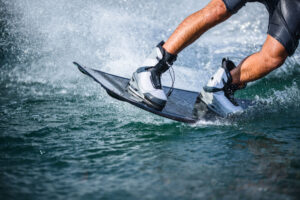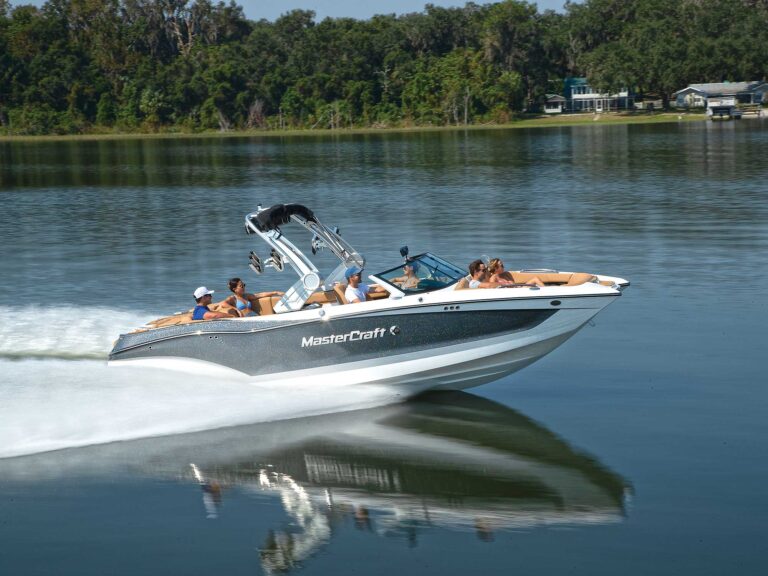
So, you just moved from your hometown to a new city. So far, it’s great! You brought your board and met some people who have invited you out for a set on their boat. Sick! All’s well – you meet up with your new friends, go out for a shred, spend all afternoon on the boat, maybe take a quick wake surf for sh*ts and giggles, and then that awkward moment… How do you repay your host for your time on their boat? In the time that everybody was out there, he says that he went through about three quarters of a tank, but one of the other guys took a set that was a little longer than yours, and that other dude’s girlfriend tried to get up on the surfboard but couldn’t, so does that even count? And maybe you had to cruise across the lake or down the river for 10 minutes to get to any water that was worth riding on. The big question is, who do these expenses fall on?
There’s this grey area in our sport about how much gas to bring when you go out on your buddy’s boat. Obviously, gas isn’t free and you’re not made of money. You can’t afford to fill up his tank every time you go out, but the gas used in his boat should always go in his favor. What that means is that you should always have a little cushion and bring a little more gas than you plan on using yourself. You need to remember that gas isn’t the only expense to owning a boat. When the boat breaks down or needs an oil change the boat owner pays for those himself. A little bit of money shaved off his set when he takes you out is a nice incentive for him to invite you again.
So finally, you might be asking yourself, “How much gas should I bring when I go out to ride on my friend’s boat?” Well, there are a few variables. Is it a wakeboard-specific boat? How much weight does your friend put in the boat? Are you planning on riding more than once? Is this a straight to the point in and then out boat session, or a full day on the water with a little cruise after everybody has ridden? With that being said, you need to keep these and other variables in mind.
The average flagship wakeboard-specific boat (i.e. G23, X-Star, etc.), with a moderate professional weight plan (about 4,000 total ballast), can take roughly five to seven gallons of gas during an average wakeboard set. This means that if you’re in a riding situation like this and bring just one five gallon can of gas, your host might be paying for the gas that you use in his boat. Not a great deal for him. With boats becoming bigger and heavier, the new norm for bringing gas for a pull now needs to be two cans for one set. If you’re in a situation where you’re riding with this person more than once a week and giving up ten gallons of gas every time you ride with them is too much, there is another solution. If you do ride with this person on a very regular basis, it’s fine to alternate between bringing one can and two cans. This is only for someone that you ride with a couple times a week though. Similarly, if you go out to ride with somebody and are planning on taking two sets behind their boat, four cans may seem excessive. If this is the situation you find yourself in, it’s alright to bring a can and a half for each set, meaning that you bring three cans in total. When taking two sets in one outing, it’s better to keep them on the shorter side though.
Every situation is different, and that’s something you always need to keep in mind whenever you’re lucky enough for somebody to take you for a pull. Maybe your host is cool with cash instead of gas, or trading a set behind your boat if you have one, or maybe a steak dinner for a quick shred. Either way, it’s important to make sure that you’re square with your host and he’s happy with the payment. The best way to make sure you get a second invite is to give a little more than you take.







